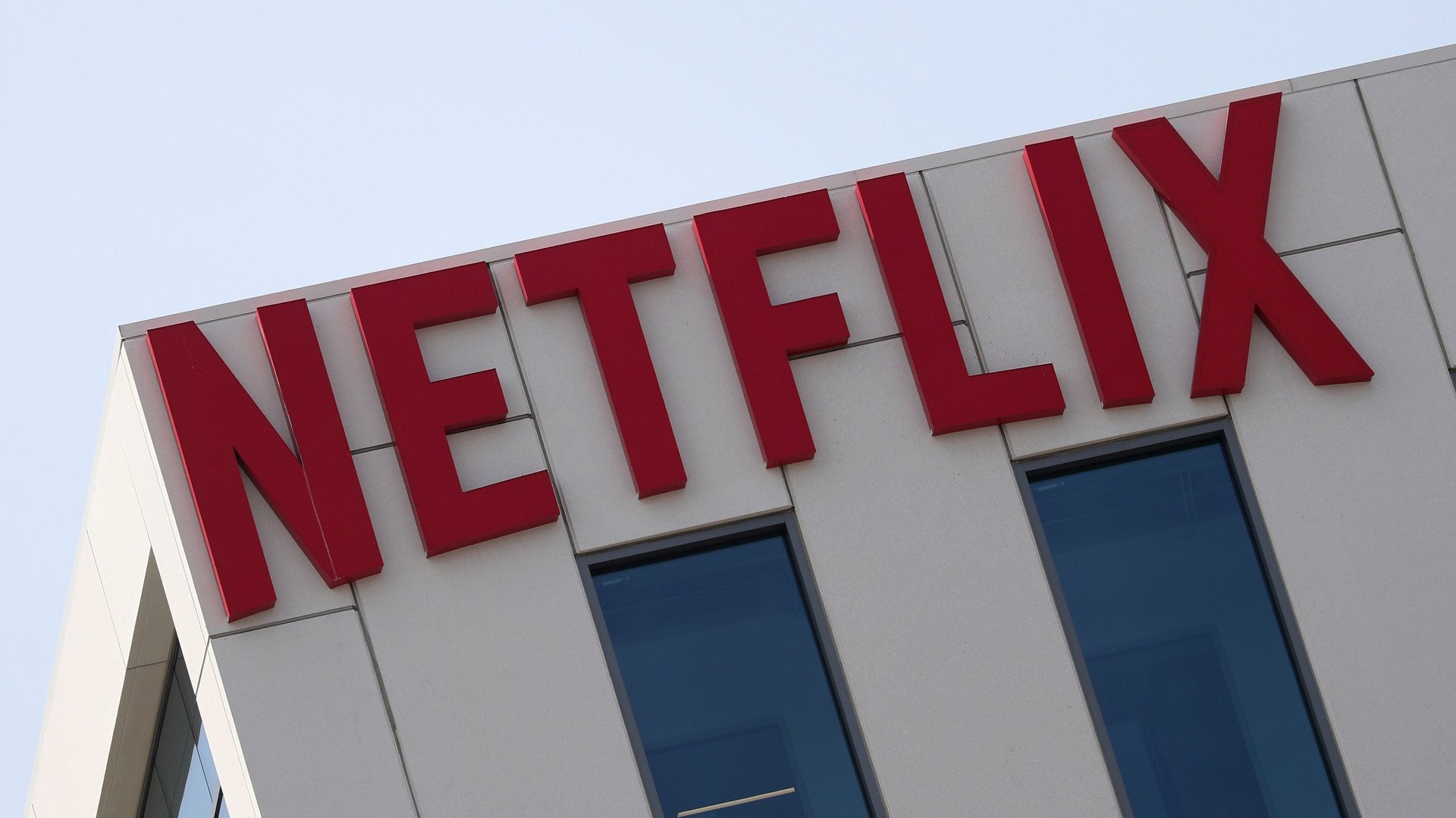Netflix isn’t quaking over a little competition
Netflix has never needed to assert its dominance in streaming video more than it does right now.


Netflix has never needed to assert its dominance in streaming video more than it does right now.
The streaming-video giant is being bombarded (paywall) by growing rivals like Amazon Prime Video and Hulu, and media giants like Disney, AT&T’s WarnerMedia, and Comcast’s NBCUniversal that are joining the streaming fray in the next year or two. Netflix will post earnings for the fourth quarter of 2018 on Thursday (Jan. 17), and likely give guidance on what to expect from the company in 2019. There are a few things Wall Street will be looking for.
The most important piece of information will be whether Netflix’s subscriber growth holds. Analysts surveyed by FactSet are expecting Netflix to post its biggest quarter ever by adding 9.17 million subscribers during the period, mostly from outside the US. The company will begin shifting its focus from overall subscriber additions to paid subscribers in 2019, a metric Netflix says is more stable because it excludes people using free-trial offers. The company is expected to add 7.5 million paying members during the period, according to FactSet analyst consensus.
Ahead of the earnings, the California-based company raised prices for US subscribers yesterday, sending shares up nearly 7% from the prior day’s close, potentially signaling better news to come.
There are two reasons Netflix would raise prices in the US now, little more than a year after the last hike: Either subscriber growth is slowing and Netflix wants to squeeze more money out of its current members, or it’s signing up lots of people and is confident enough to raise prices without spooking them. Most analysts expect it is the latter.
Netflix is the video platform watched most often on TV screens in the US, a December 2018 survey by research firm Cowen found. The thinking is that few people will be willing to part with their Netflix subscriptions, even if they cost a few bucks more each month.
“We believe Netflix is simply ‘not leaving money on the table,'” Bernstein analysts also wrote in a note on Tuesday, after news of the price lifts broke. “Collecting easily earned revenue from a service whose consumer perceived value far exceeds its price. With minimal expected impact on [subscriptions] and net adds.”
The question then becomes whether the additional revenue per user will improve Netflix’s negative free cash flow, which has been growing year-over-year, or simply offset Netflix’s growing content bill, which hit $18.6 billion last quarter in costs that Netflix estimates it will owe in the coming years. Analysts are looking for more detail on that from the earnings call.
The company spent about $8.5 billion in cash on content during the first nine months of 2018, and will post figures for the full year on Thursday. Analysts at Cowen estimate Netflix will spend $14.5 billion in cash on content for the full year of 2019.
Much of Netflix’s subscriber growth during the fourth quarter is expected to be driven by the record number of hours of original programming the company released during the period, including movies like Bird Box, series like The Haunting of Hill House, new seasons of hit shows like Making a Murderer and House of Cards, as well as licensed titles like Disney’s Avengers: Infinity War.
Cowen estimated that Netflix added 781 hours of original content in the US in the fourth quarter, up from 416 hours a year ago. Quartz also estimated that Netflix released close to 1,500 hours of original programming for the full year.
Netflix has a lot lined up for 2019 as well. Some of its major investments in talent and programming will hit screens small and big in 2019, including Martin Scorsese’s return to the mobster genre, The Irishman, blockbuster director Michael Bay’s Six Underground, and series like The Umbrella Academy and the next season of Stranger Things. People will decide whether those projects were worth the expenses—and the additional dollars customers will have to pay each month to foot the content bill.
If not, there will be no shortage of alternatives for people to turn to, from Hulu to Amazon Prime Video in the US.
For the fourth quarter, Netflix is also expected to post revenue of $4.2 billion, up 28% from the same period year ago, and earnings of $0.24 per share, a 41% decline from last year.